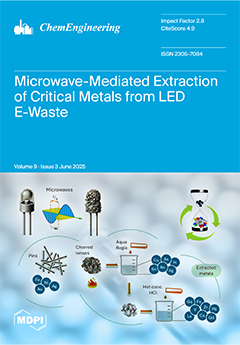Liposome-based drug delivery systems have revolutionized modern pharmaceutics, offering unparalleled versatility and precision in therapeutic delivery. These lipid vesicles, capable of encapsulating hydrophilic, hydrophobic, and amphiphilic drugs, have demonstrated significant potential in addressing pharmacokinetic challenges such as poor solubility, systemic toxicity, and rapid
[...] Read more.
Liposome-based drug delivery systems have revolutionized modern pharmaceutics, offering unparalleled versatility and precision in therapeutic delivery. These lipid vesicles, capable of encapsulating hydrophilic, hydrophobic, and amphiphilic drugs, have demonstrated significant potential in addressing pharmacokinetic challenges such as poor solubility, systemic toxicity, and rapid clearance. This review provides a comprehensive exploration of the evolution of liposomes from laboratory models to clinically approved therapeutics, highlighting their structural adaptability, functional tunability, and transformative impact on modern medicine. We discuss pivotal laboratory-scale preparation techniques, including thin-film hydration, ethanol injection, and reverse-phase evaporation, along with their inherent advantages and limitations. The challenges of transitioning to industrial-scale production are examined, with emphasis on achieving batch-to-batch consistency, scalability, regulatory compliance, and cost-effectiveness. Innovative strategies, such as the incorporation of microfluidic systems and advanced process optimization, are explored to address these hurdles. The clinical success of Food and Drug Administration (FDA)-approved liposomal formulations such as Doxil
® and AmBisome
® underscores their efficacy in treating conditions ranging from cancer to fungal infections. Furthermore, this review delves into emerging trends, including stimuli-responsive and hybrid liposomes, as well as their integration with nanotechnology for enhanced therapeutic precision. As liposomes continue to expand their role in gene therapy, theranostics, and personalized medicine, this review highlights their potential to redefine pharmaceutical applications. Despite existing challenges, ongoing advancements in formulation techniques and scalability underscore the bright future of liposome-based therapeutics in addressing unmet medical needs.
Full article





